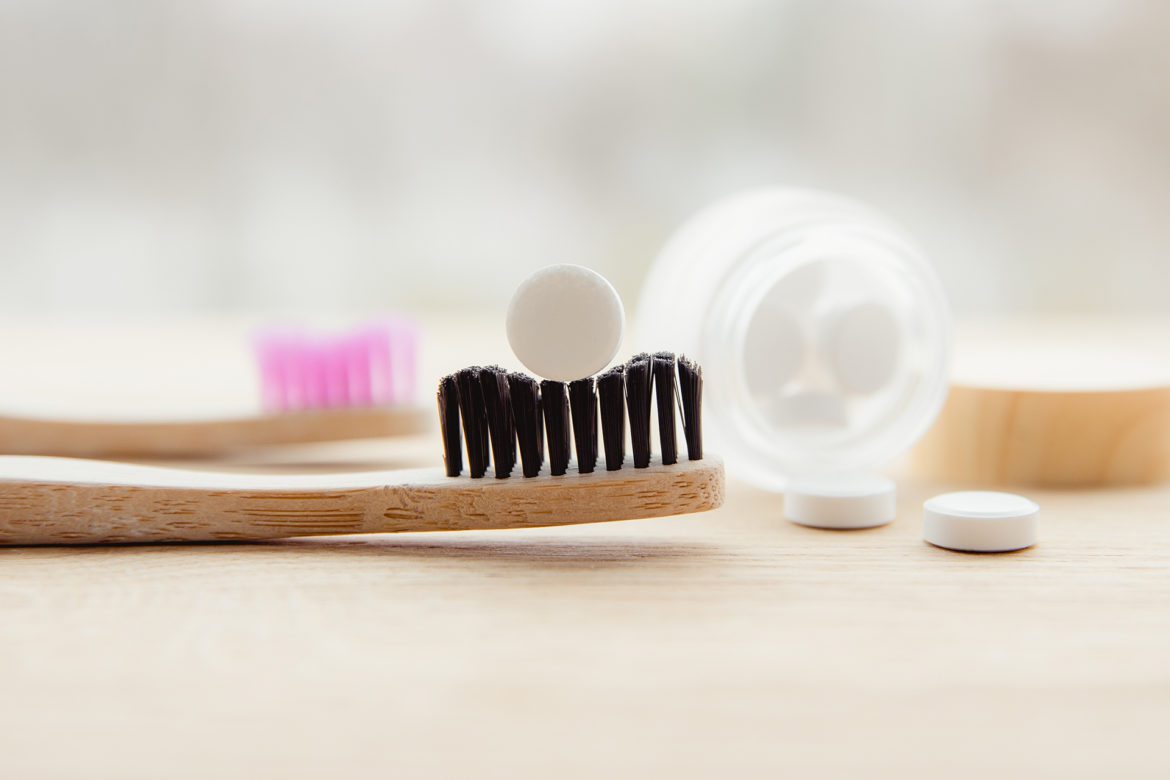Toothpaste tablets, also referred to as “unpaste” by recent manufacturers have suddenly become the talk of the town. They are becoming more popular with environmentally aware consumers and those looking for alternative mouth care products. Let’s discover some benefits and drawbacks.
Consumers of personal care products are very interested in sustainability and clean label qualities while making their selections. Shop shelves are stocked with reusable and environmentally friendly goods. However, the packaging of conventional toothpaste tubes contributes significantly to their negative environmental impact. The tubes, which are constructed of metal and plastic, need a lot of time, work, and recycling resources. Over time, toothpaste tubes break down into microplastics, posing a risk to the environment as well as to human and animal health.
As a result, toothpaste tablets are gaining popularity as a suitable alternative. The effectiveness of toothpaste tablets, which are little, bite-sized chewable that can be digested into a paste before brushing, is comparable to that of regular toothpaste. Tablet producers are also becoming more well-liked by people who are concerned about the environment since they use recyclable or reusable packaging.
What Are Toothpaste Tablets?
Toothpaste tablets, often known as tooth tabs, are exactly what they sound like: “Toothpaste in a tablet”. The same chemicals used in conventional toothpaste formulae are used in both the fluoride-free and fluoride variants of toothpaste tablets. The fundamental distinction between them and regular toothpaste is that they lack the water content necessary to produce the creamy or gel-like substance that squeezes out of a tube.
Traditional squeeze-tube toothpaste is prepared from various substances, including water, to give it a squeezable texture and preservatives to stop it from spoiling quickly. Without the addition of water or preservatives, a similar base of components is used to make toothpaste tablets. These ingredients are then blended and pressed into pill-shaped tablets that may be swallowed and chewed.
Similar to ordinary toothpaste, toothpaste tablets are available in whitening and fluoride-free formulations to help you attain that pearly white Hollywood smile. Toothpaste tablets are a great option for those who want natural components over artificial preservatives.
How Are Toothpaste Tablets Used?
Let’s discuss how to utilize toothpaste tablets to clean your teeth now that you are aware of what they are. They do not serve as a substitute for any other oral health products, including dental floss and mouthwash. The only thing is that toothpaste tabs substitute for the standard toothpaste tube.
To use a toothpaste tab to brush your teeth, simply chew the dry tablet in your mouth. As the saliva in your mouth mixes with the tablet, it changes from a dry pill to a brushable paste. You can also sip some water to aid in the tablet’s dissolution if your salivary glands aren’t functioning properly.
When the table reaches a paste-like consistency, moisten your toothbrush and begin brushing as usual. When finished, rinse your mouth with water, spit it out, and then carry on with your regular oral hygiene regimen of flossing or mouthwash swishing. Because toothpaste tabs typically feel a little gritty, making your teeth and gums feel smooth could take a little more rinsing.

